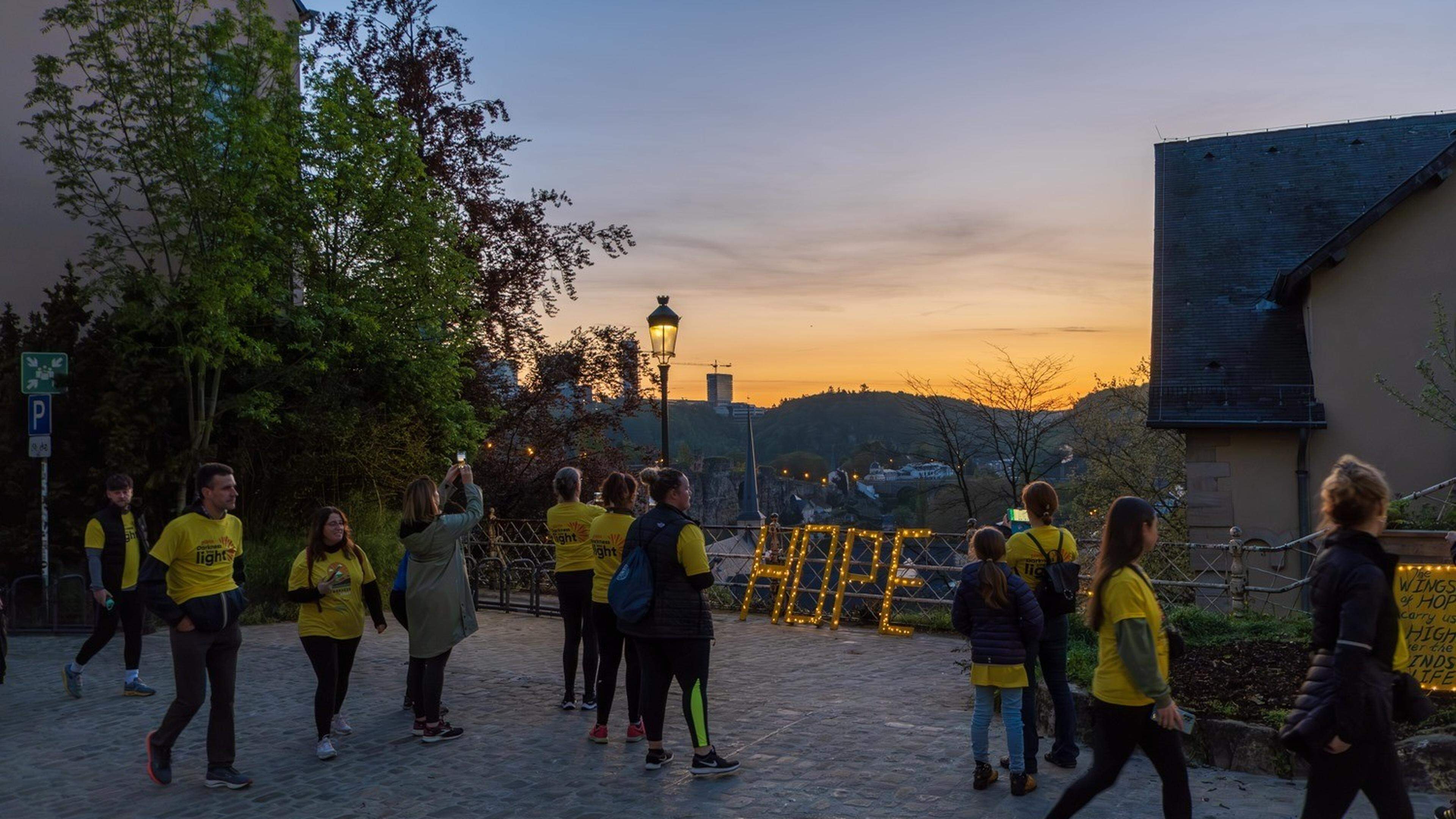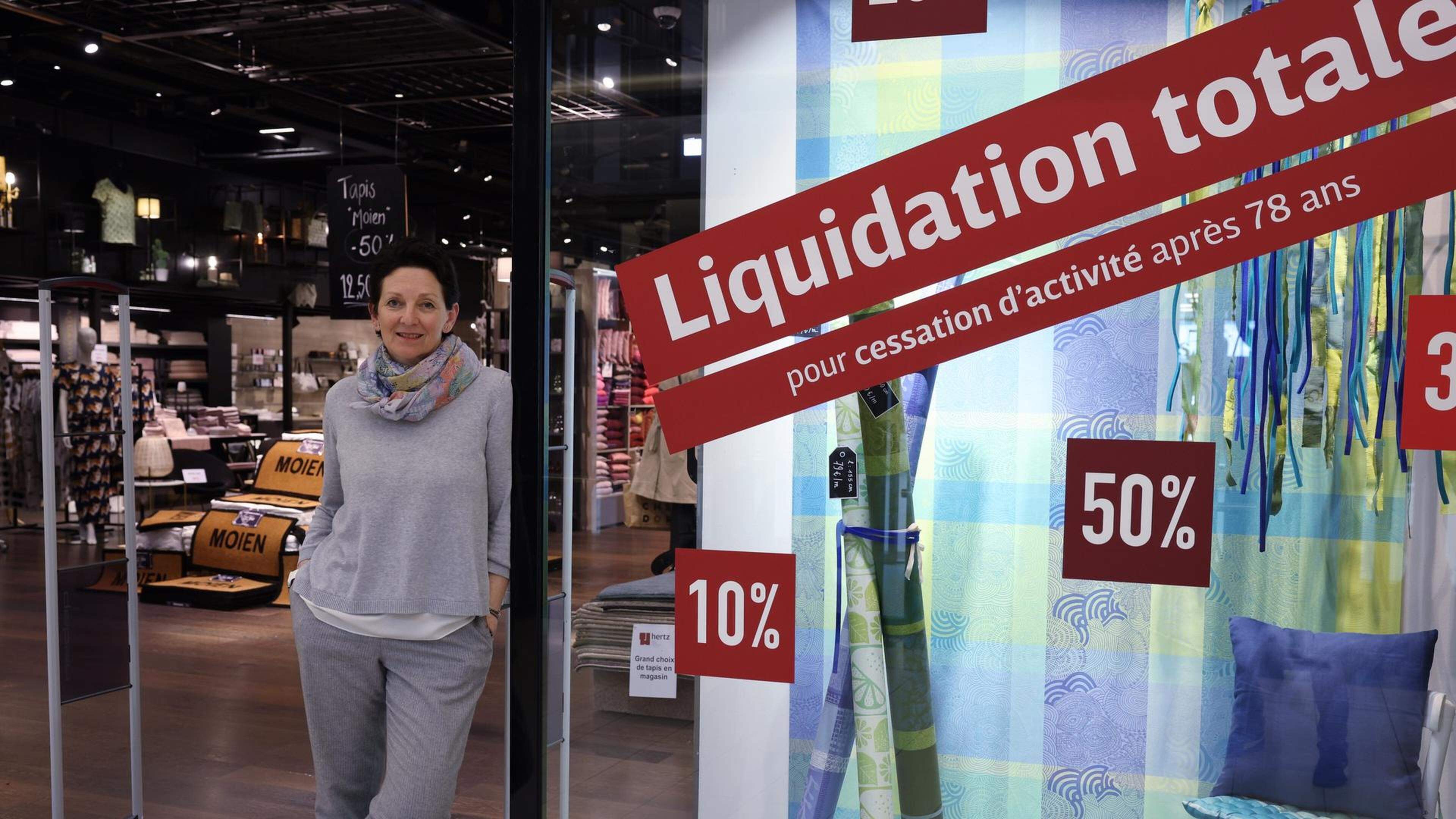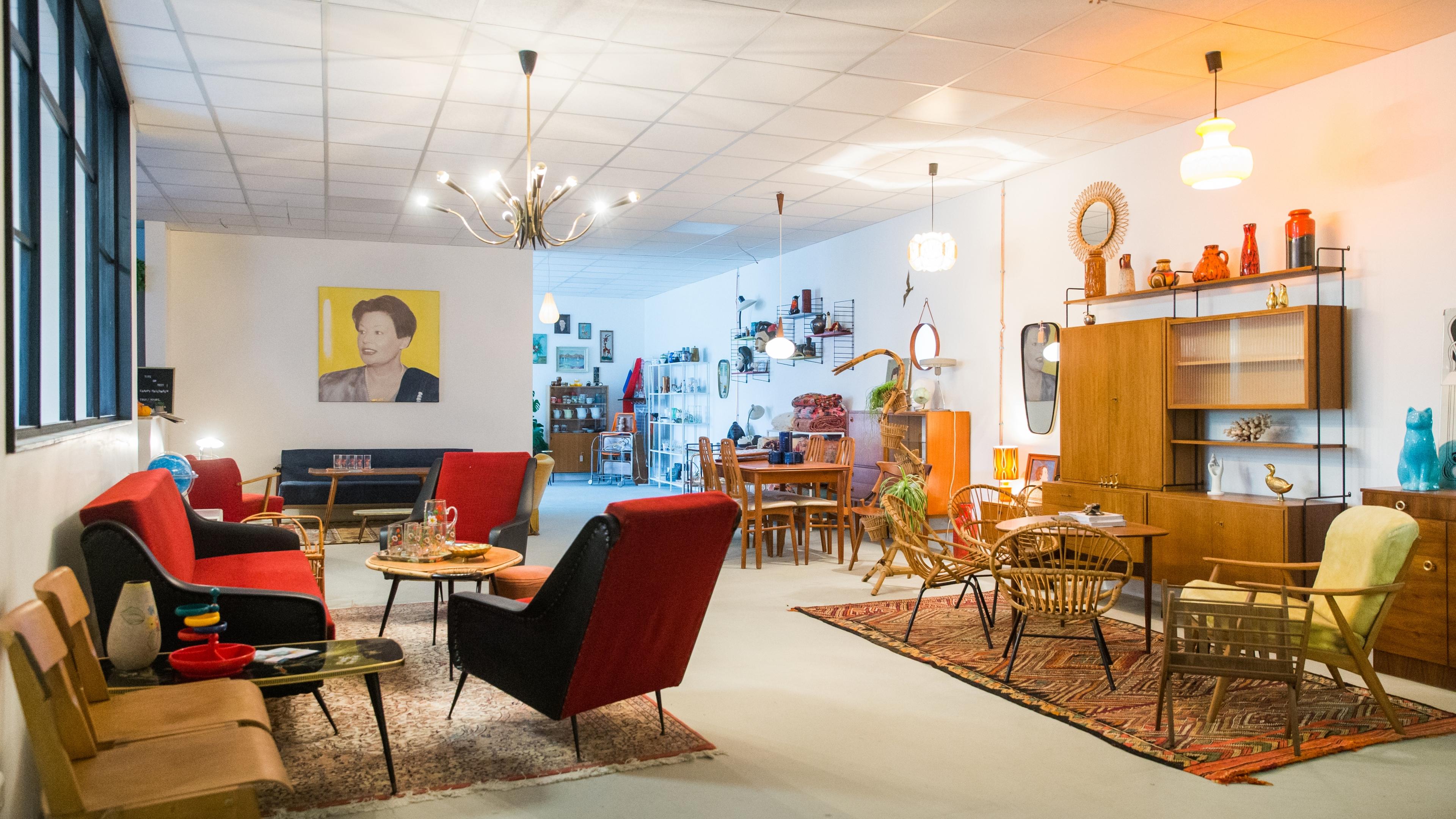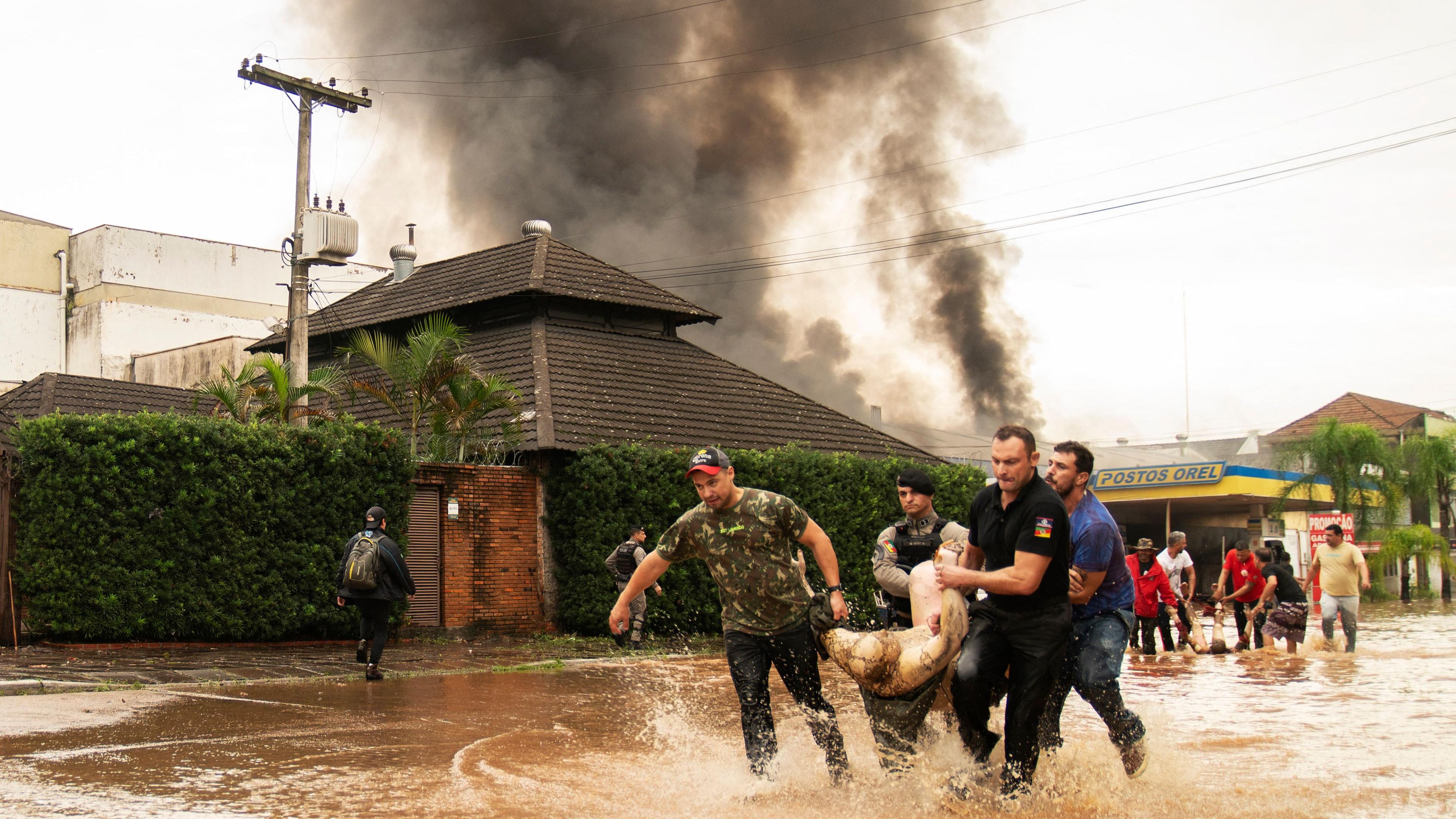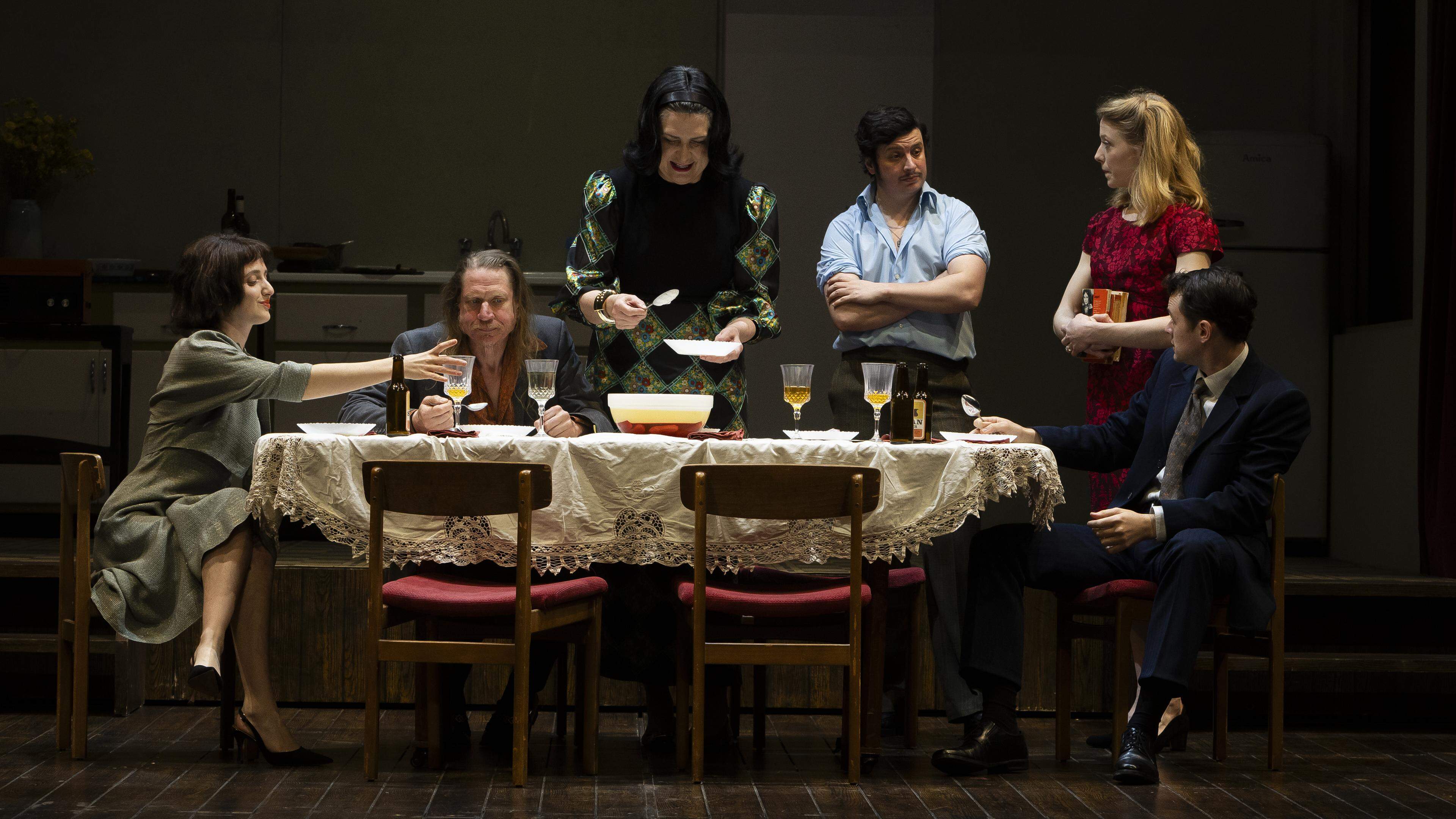How Luxembourg ushers in spring with Buergbrennen
Not just a bonfire to banish winter blues, Buergbrennen is a Luxembourgish tradition that invites you to welcome spring with your neighbours
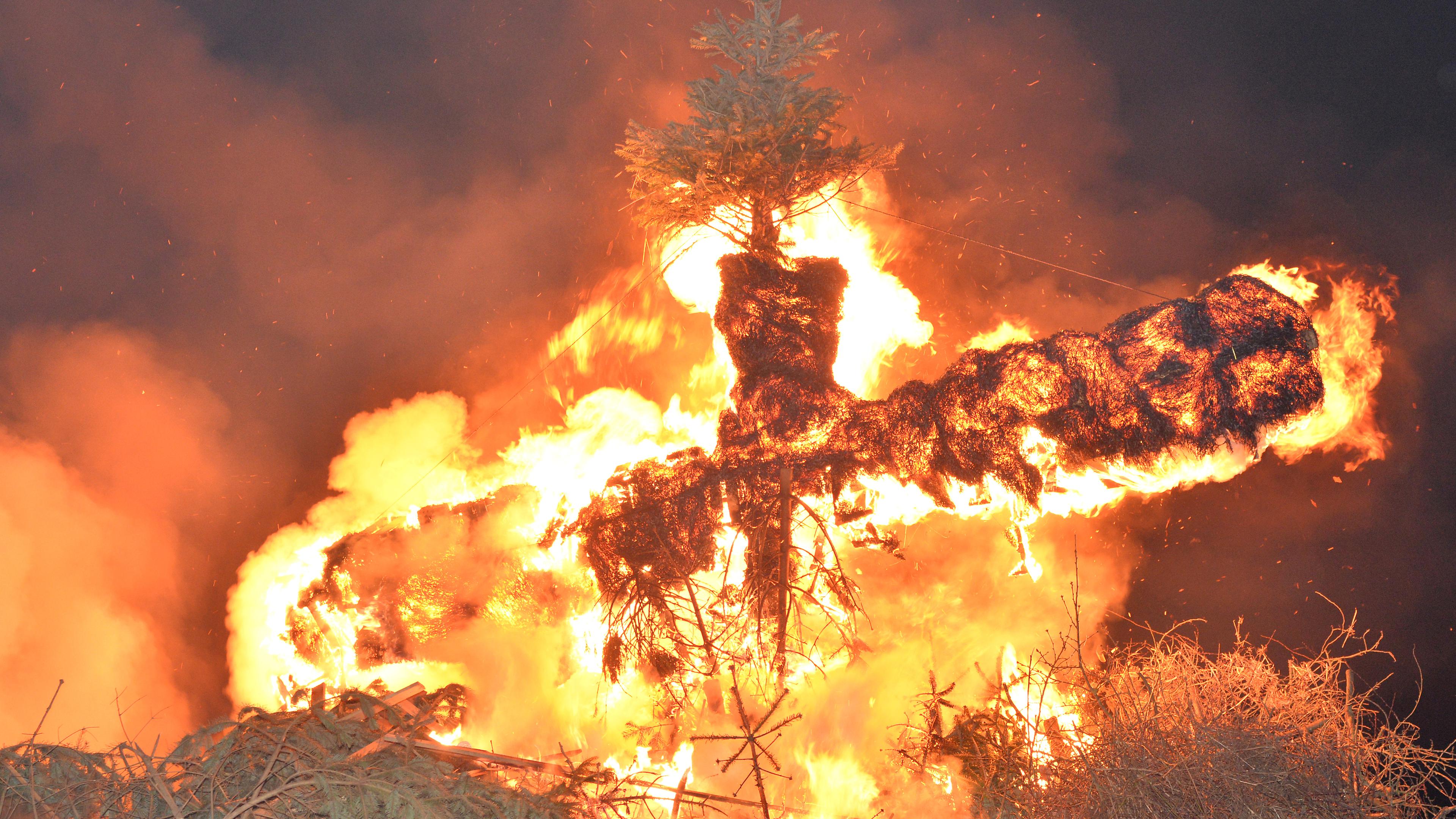
Buergbrennen is celebrated throughout Luxembourg, usually on on the weekend after Carnival Sunday, so 17/18 February in 2024 (although it can be as late as mid-March in some villages). Bonfires are lit to banish pesky winter spirits and welcome in spring.
Check on your commune website or Facebook page for times and dates of bonfires as they can vary. You can find a list of Buergbrennen bonfires taking place this weekend, here.
The bonfire tradition
The tradition started in Ancient Rome, which is probably what led Nero to take up the fiddle perhaps? For Romans it meant cleansing and renewal and their Celt counterparts lit big fires at this time of year to ask the sun to make the coming harvest bountiful.

Like wildfire, the tradition spread throughout Europe and became part of the Carnival to Easter calendar with the proliferation of Christianity (although it existed in Pagan times too). Today the official date for Buergbrennen in Luxembourg is the first Sunday of Lent, but many communes hold the event on Saturday evening.
Wooden crosses (and sometimes castles) are erected on pyres made from straw, wood, and old Christmas trees (so you can say a last goodbye to yours if the commune collected it).
Where does the word Buergen come from?
These pyres are known as “buergen”. The word is thought to come either from the Latin verb “burere” which means to burn, or the Germanic word “bûr” which describes a house of straw or a hut that was burned if the inhabitants died to purge any bad spirits.
The fire should be lit by the most recently married couple according to a government brochure on traditions, but more often than not, it is lit by children who carry flaming torches in a procession (known as the Fakelzuch) before throwing them onto or at the pyre.
You can watch the preparation for and the lighting ceremony of the Walferdange Buergbrennen in this short video below:
An opportunity to meet your neighbours
It’s a time to gather as a community over a glass of mulled wine, a far cry from bygone times when you might be doused in the ashes of the fire to absolve your sins (presumably the ones you committed during Carnival).
Traditional Luxembourgish food served at Buergbrennen includes Ierzebulli (pea soup) and Bouneschlupp (green bean soup).
You can find out more about Buergbrennen on the government website.

